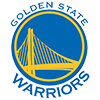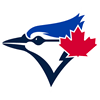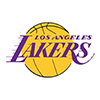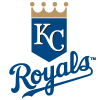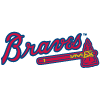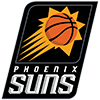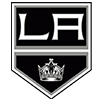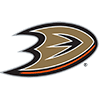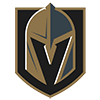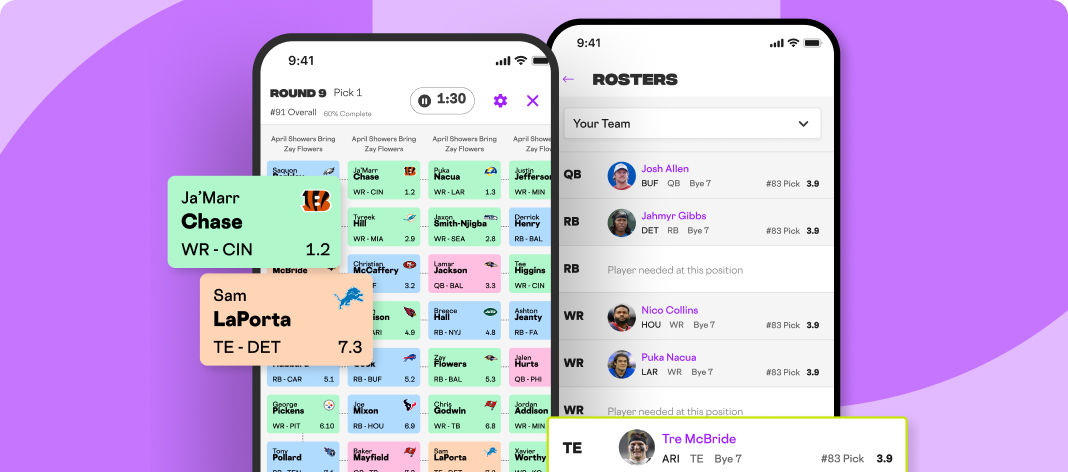Wide receivers can make or break your weekly matchups — especially in PPR formats where receptions hold added value. Whether you're looking to buy low on a struggling WR or sell high on an overperformer, the key to winning trades is knowing which metrics truly matter.
While surface-level stats like total yards or touchdowns tell part of the story, smart managers dig deeper into data that actually predicts future performance and puts the RotoWire's fantasy football trade analyzer to use in the process.
11 Key Metrics To Consider When Trading for Wide Receivers
- Target Share – The percentage of team pass attempts aimed at the WR. A high target share shows the player is a primary read in the offense and likely to see steady volume.
- Air Yards – Total yards the ball travels in the air toward the receiver. Higher air yards indicate deeper targets and potential for big gains, even if catch totals are low.
- Yards Per Route Run (YPRR) – Efficiency metric that divides total receiving yards by routes run. Elite WRs often rank high here because they maximize every route.
- Catch Rate – The percentage of targets caught. A high catch rate suggests reliability and good chemistry with the quarterback, though deeper threats may naturally have lower rates.
- Red Zone Targets – Passes thrown to the WR inside the opponent's 20-yard line. This stat directly correlates with touchdown upside, which can swing fantasy matchups.
- Average Depth of Target (aDOT) – The average yardage downfield of all targets. A higher aDOT often means more big-play potential, while a lower aDOT can suggest a possession or slot role.
- Receptions per Game – The average number of catches per game. In PPR formats, steady reception volume provides a strong weekly floor regardless of yardage.
- Yards After Catch (YAC) – Total yards gained after securing the ball. High YAC numbers point to explosive playmaking ability and skill in creating extra yardage.
- Fantasy Points per Game – Shows average weekly scoring output. While not predictive on its own, it offers a quick snapshot of consistency and role stability.
- Strength of Schedule – Evaluates upcoming defensive matchups. Favorable schedules against weaker pass defenses can boost trade value, especially for playoff runs.
- Offensive Scheme & QB Play – The pace, pass/run balance and quarterback stability of the offense. A high-volume passing attack with an accurate QB often sustains multiple fantasy-relevant WRs.
Putting it All Together: Trade Evaluation Tips
Now let's dive into how you can use these stats and other elements to make the best wide receiver trades in fantasy football.
Remember that wide receivers tend to make the best flex starters. In general, over the past 10 years, flex-caliber wide receivers tended to earn higher point totals than flex-caliber running backs or tight ends. That means WR depth is more important for flex starts than RB or TE depth. You'll want to stockpile depth here via effective usage of the RotoWire draft kit during the draft, but augmenting that with strong in-season trades is a must.
Don't hesitate to rotate flex spot starters. The flex spot is not one where you can typically just set and forget your starter. Trading for WR depth will help you rotate various wide receivers in and out of the flex starting spot. That is a percentage way to go if you use RotoWire's weekly fantasy football rankings to determine the best matchups to play against in that week.
Plan ahead to use trades to start players versus favorable matchups. One benefit that you get by subscribing to RotoWire is the ability to analyze favorable matchups down the road. Having this knowledge can give you an informational edge over your opponent and put you on the winning side of trades that can help your team 2-3 weeks down the line (or longer if you plan ahead for the postseason).
Buy the dip on high percentage wide receivers. No fantasy manager in their right mind will trade away a stud WR after a subpar performance, but they might do so for someone who is a step below that level. You can use the weekly custom fantasy football rankings at RotoWire to determine who these second-tier high percentage wideouts are and then target them for trades following their occasional less than stellar performances.
Keep a close eye on the weekly injury reports. Tracking NFL player news items is a must for any fantasy manager, but it can be even more important when deciding which WRs you should trade for. Be sure to include defensive back injuries in this tracking. The roster depth in defensive backfields gets thinned as the season progresses and you can get big fantasy point totals by trading for wide receivers who are due to face backup cornerbacks and/or safeties.
The wide receiver position has a ton of depth, yet it is still one of the toughest positions to get consistent value out of once you get past the top starters. This is why reviewing wide receiver trade options needs to be on every fantasy manager's weekly to-do list. Your RotoWire subscription offers a ton of tools to help you with that weekly review, so be sure to utilize these to the fullest extent.






